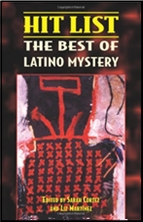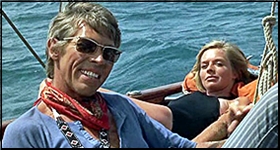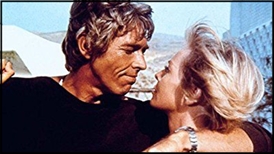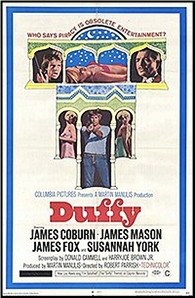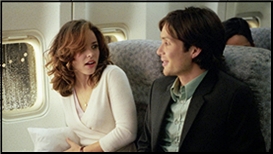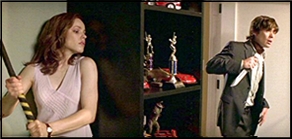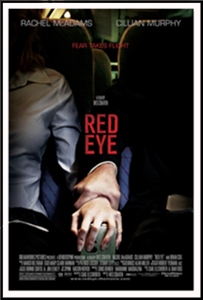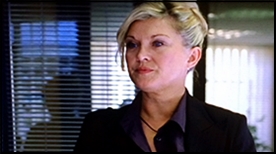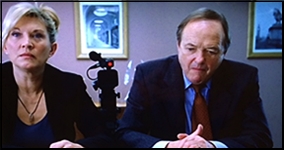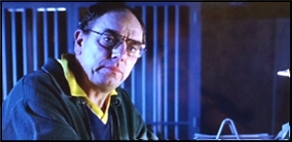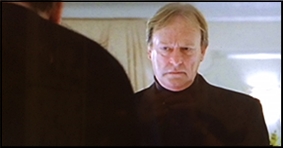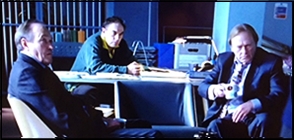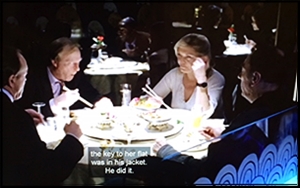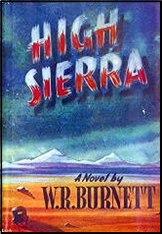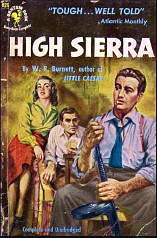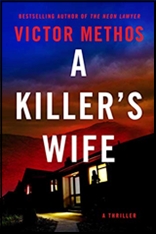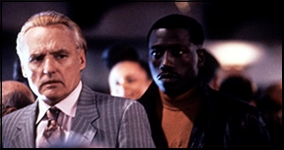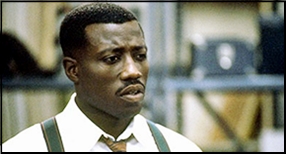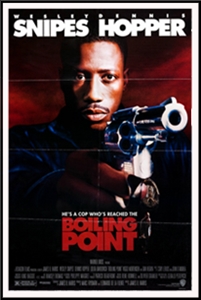JIMMY SANGSTER – Touchfeather. Triton Books, UK, hardcover, 1968. W. W. Norton, US, hardcover, 1968. Berkley S1789, US, paperback, 1970. Brash Books, US, paperback, 2018.
I would like to assure SAS, United, Quantas, American, Lufthansa and all other member companies of IATA that I make no suggestion that any of their employees could, or should, do the things Katy does — despite some recent airline advertisements which may have given their readers ideas to the contrary, e.g., ‘Save Friday night for Ingeborg Bechtel. She puts the fun in flying’. Or ‘Sometimes our hostesses take young men home with them’. Katy Touchfeather is to be regarded entirely as fiction.
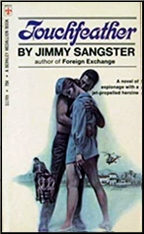
Despite that rather jaunty foreword by screenwriter and novelist Jimmy Sangster to his first of two novels featuring air hostess Katy Touchfeather, British agent in the mysterious Mr. Blaser’s department, the books are both far better and tougher than they sound or than the paperback covers made out.
Sangster’s name is no doubt familiar to most readers of the blog as the man behind many of the classic line of films coming out of Hammer Studios. His credits include The Curse of Frankenstein, Horror of Dracula, Jack the Ripper, Brides of Dracula, The Mummy, The Hellfire Club, and Deadlier Than the Male. In addition he penned two spy novels about Katy Touchfeather and two about down trodden ex-agent turned spy John Smith (one of which was filmed with Robert Horton as Smith).
Before going further we might as well deal with the elephant in the room. The two Touchfeather books are inherently sexist as only late Sixties spy fiction could be. In an age well before the term Flight Attendant was coined and still well within the era of books and films like Coffee Tea and Me, the stewardess or air hostess, as the British called them. was a staple fantasy figure. That they also represented a rare opportunity for young women to have a rewarding career and adventure was often lost in a fantasy of airlines as Playboy Clubs in the sky for pilots and traveling businessmen, something not lost to Sangster in his introduction.
As someone who traveled widely and often in that era, I would like to point out that simply was not the case, certainly in the Seventies when international flights included the danger of hi-jacking. Flight Attendants then and now had tough demanding jobs that required quite a bit more than looking good in a short skirt and tight blouse.
But that image was often encouraged by the airlines and popular media in an age when flying was still rather exotic and women were still considered chiefly interested in finding husbands.
Despite her jaunty suggestive name Katy Touchfeather is anything but a flying Bunny.
Katy Touchfeather. I mean, what sort of a name is that to hand a girl? The Katy is all right, or Katherine as my parents put on my birth certificate. But Touchfeather! It doesn’t sound any better in French either, nor for that matter in Spanish, German or Italian. I know, because I speak all of them to some extent. Still, that’s just one of the crosses I have to bear. The other is Mr. Blaser.
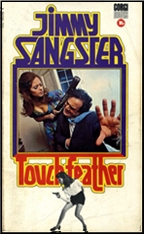
Blaser, “he thinks of me as a Fred. But then I suppose he’s on the right track; if he thought of me as a Katy, he’d never ask me to do some of the extraordinary things he does …†is C. W. Blaser, CBE and used to be something in the Royal Navy, but now he runs one of those departments in the intelligence service no one likes to mention or admit exists.
After her husband, who worked for Blaser, was assassinated, Katy found herself recruited and ended up a sort of freelance air hostess flying whatever route and airline Blaser needed her on as a roving agent of the most secret kind. A sort of Our Girl Any Where We Need Her.
This time out Gerastan Industries is in aviation and have a small key research unit in England they would like to move to the United States. Now a corpse has been found in Bombay (this was well before anyone outside of India called it Mumbai) with information on his body that came from that research unit. The effluence has hit the fan and Professor Partman who runs that research unit has booked a flight for Bombay.
Katy has to cut short her leave and be the hostess on that flight posing as an Indian air hostess.
It’s not an unpleasant assignment either as Professor Partman, Bill, as she is soon calling him, looks like a cross between Prince Philip and Gregory Peck. Things are going swimmingly until a second flight to Rome is hi-jacked and two American air pirates kidnap Bill to Egypt.
Then Katy gets kidnapped and tortured by the same two American hoods because Bill might have given her something and the action really starts to move, leading Katy to the heart of the matter, Roger Gerastan, “… he had the lightest blue eyes I had ever seen, like pieces of chipped ice… the eyes that both fascinated and repelled at the same time; they had a near-hypnotic quality which made one forget that the man behind them was only five feet eight inches tall, and not at all attractive.â€
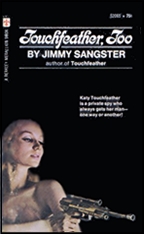
Touchfeather moves, and not just in terms of plot. Rather like its heroine’s cover, the plot finds Katy crisscrossing the ocean and in constant movement until she follows the plot to its surprisingly tough minded conclusion, when we get a real glimpse of the steel beneath Katy Touchfeather’s tough facade (There had been no alternative, I’m afraid, and it is something I shall regret to the day I die.).
Not a great spy novel by any means, but much better than the general line of Bondian imitations of the period with Sangster and Katy Touchfeather good company, and ultimately far less the kind of sexy romp readers might have expected and far more a well written exercise in intrigue, adventure, and suspense — with more than enough sexy romp for lovers of that sort of thing.
Sadly there was only one other adventure for Katy, Touchfeather Too, but the two books do make a nice set, well enough, and cleverly enough, written that their heroine becomes much more than what seemingly meets the eye, attractive as that may be. It wouldn’t take all that much to retool Katy for today, which is more that could be said of some of her male counterparts, and by the time you reach the end of the book you’ll likely agree she is as smart, independent, and tough as any agent you’ve met in the pages of fiction, then or now.
